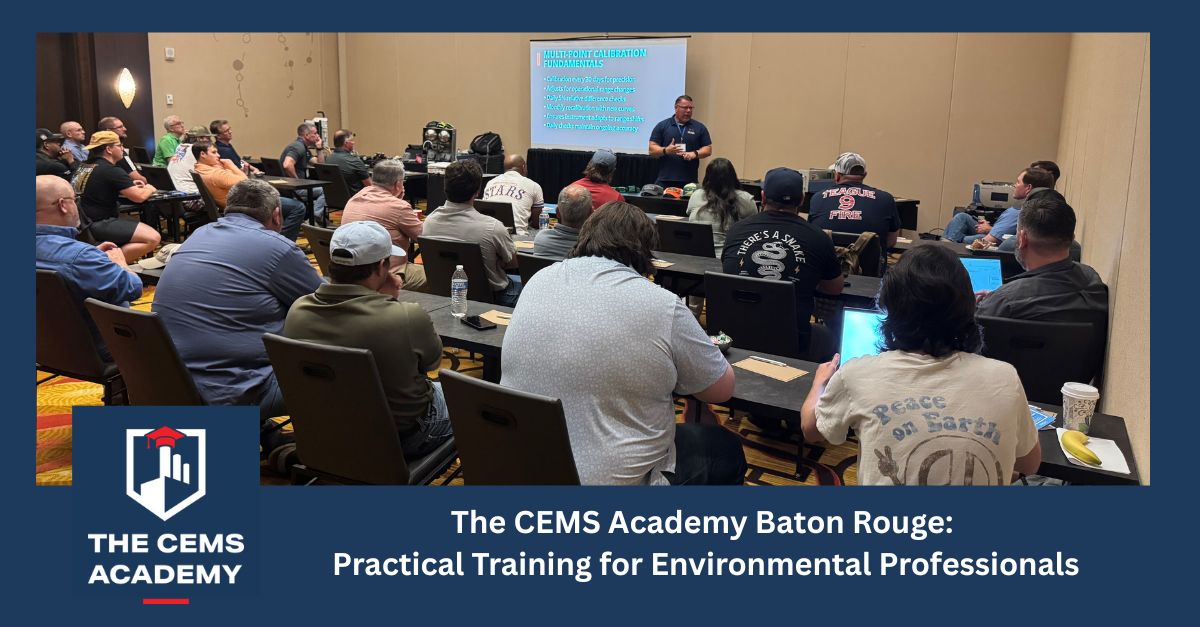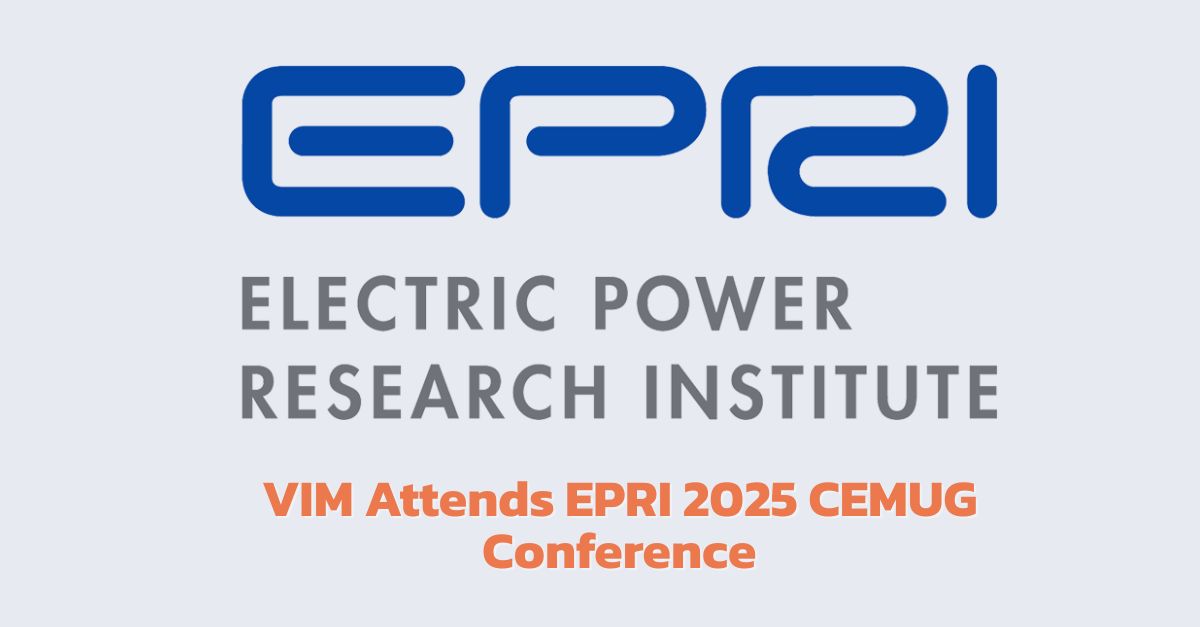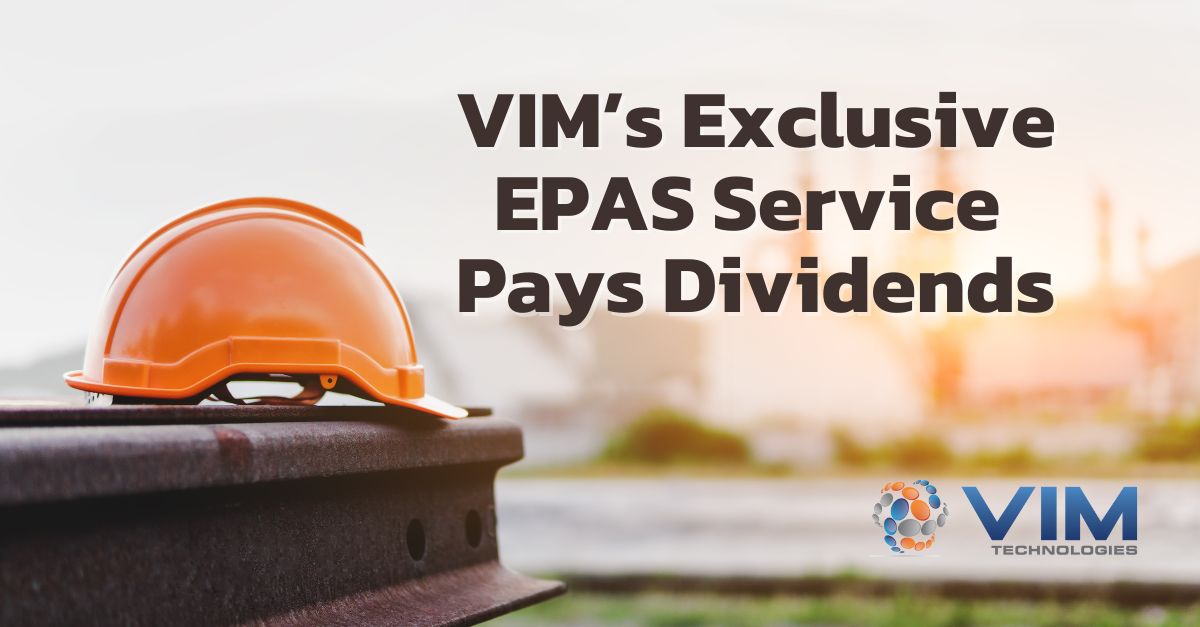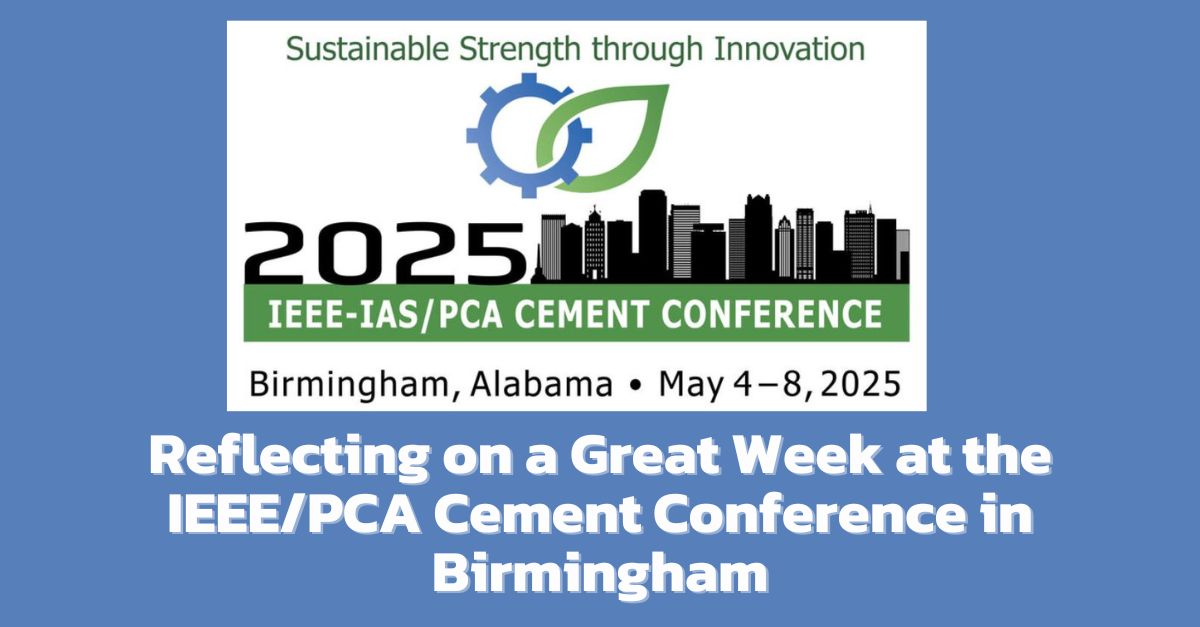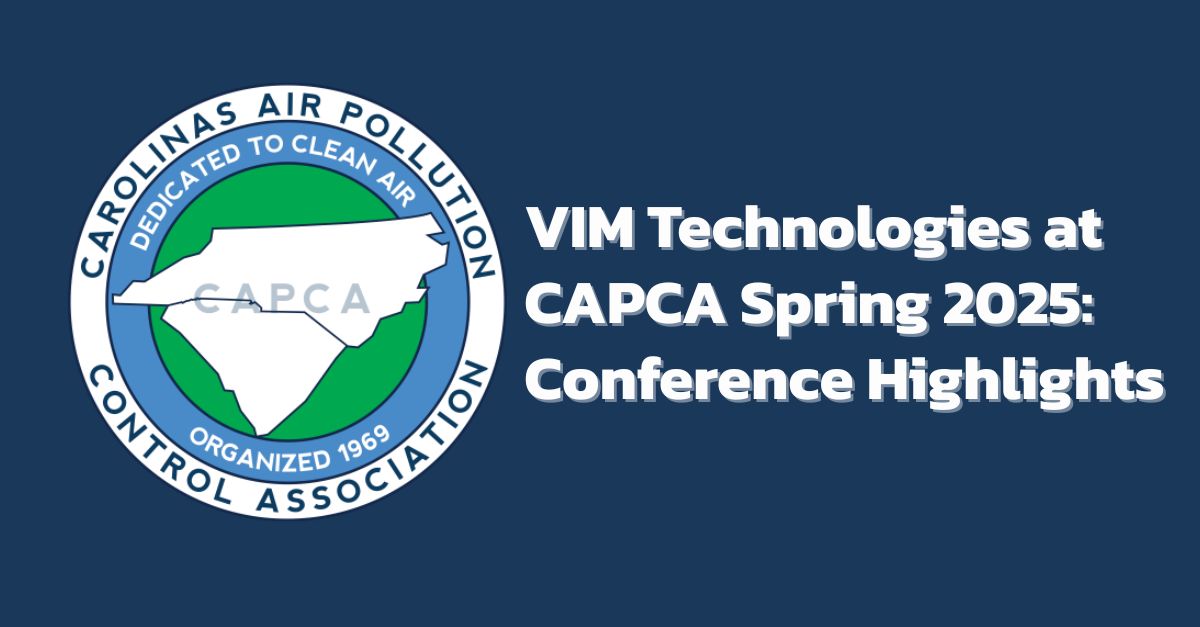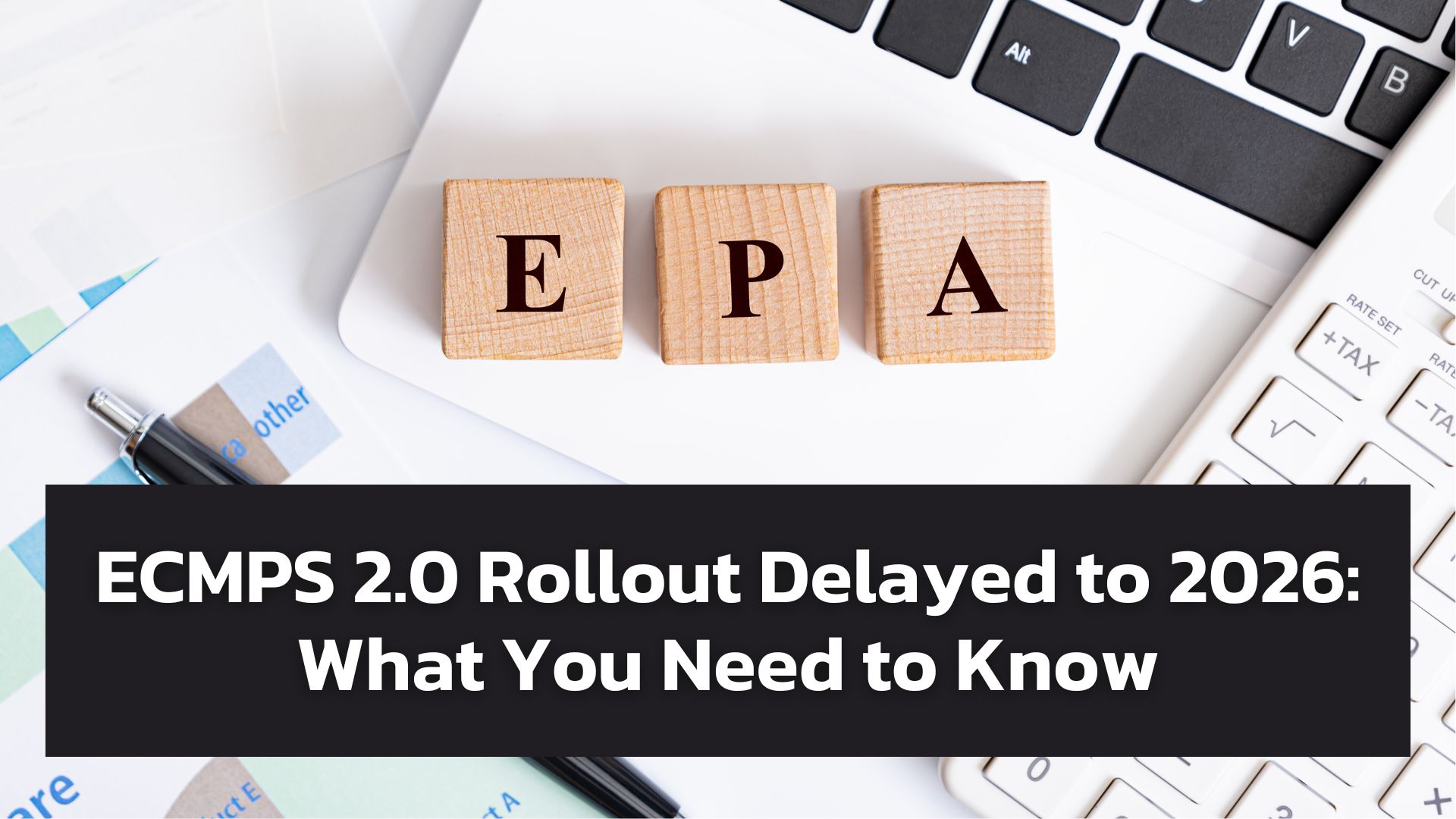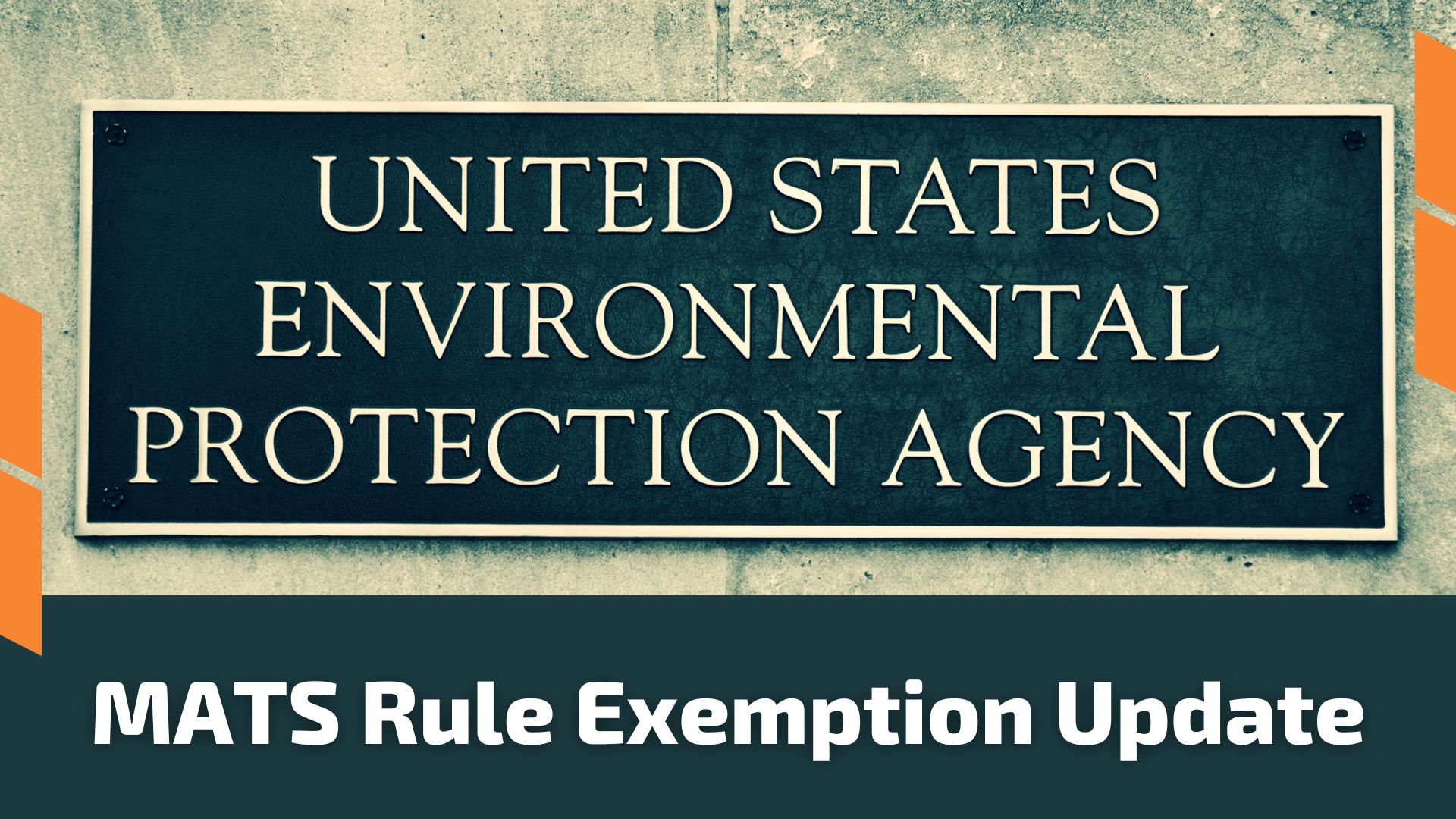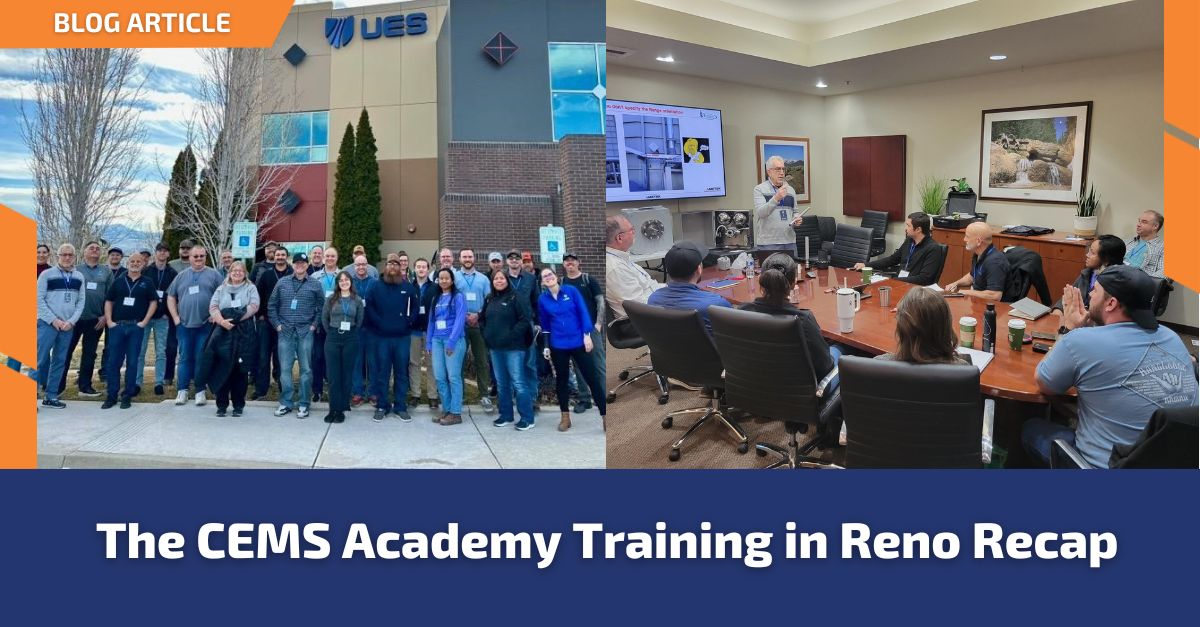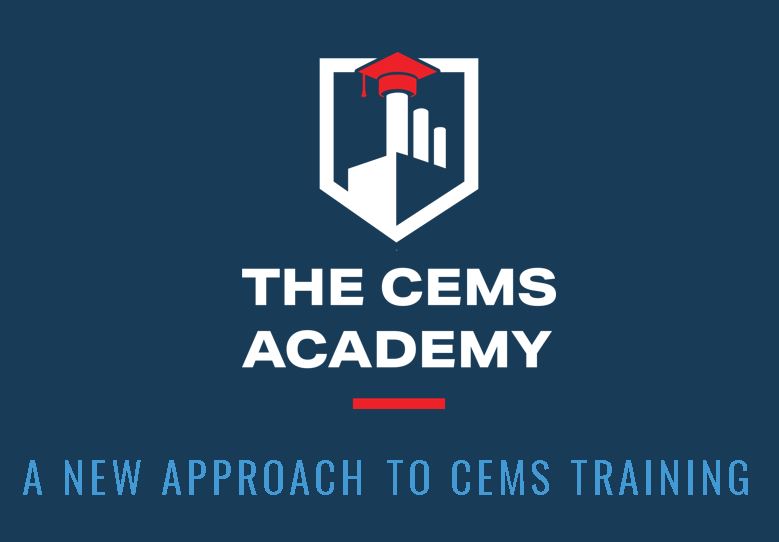The CEMS Academy training in Baton Rouge, LA, on June 24-25 was a great success. The event sold out quickly, and attendees were fully engaged throughout the two days. A big thank you to Red Ball Specialty Gases for being such a welcoming host.
The training offered a perfect mix of hands-on learning and expert guidance. Participants rotated through group sessions covering all key aspects of CEMS, including hardware, source testing, data acquisition, and regulatory compliance. One of the highlights was the regulatory summary and data acquisition system training led by Eric Wiley, VIM Technologies’ Senior Air Compliance Specialist. With over 25 years of experience, Eric shared practical insights, common challenges, and real-world solutions that really connected with everyone, whether they were new to CEMS or seasoned professionals.
The combination of knowledgeable trainers, active participants, and a great venue made for lively discussions and valuable problem-solving. Attendees left not only with new skills but also with connections to colleagues they can rely on moving forward.
We’re proud to have been part of this event and look forward to continuing to support the CEMS community with practical, hands-on training opportunities.
